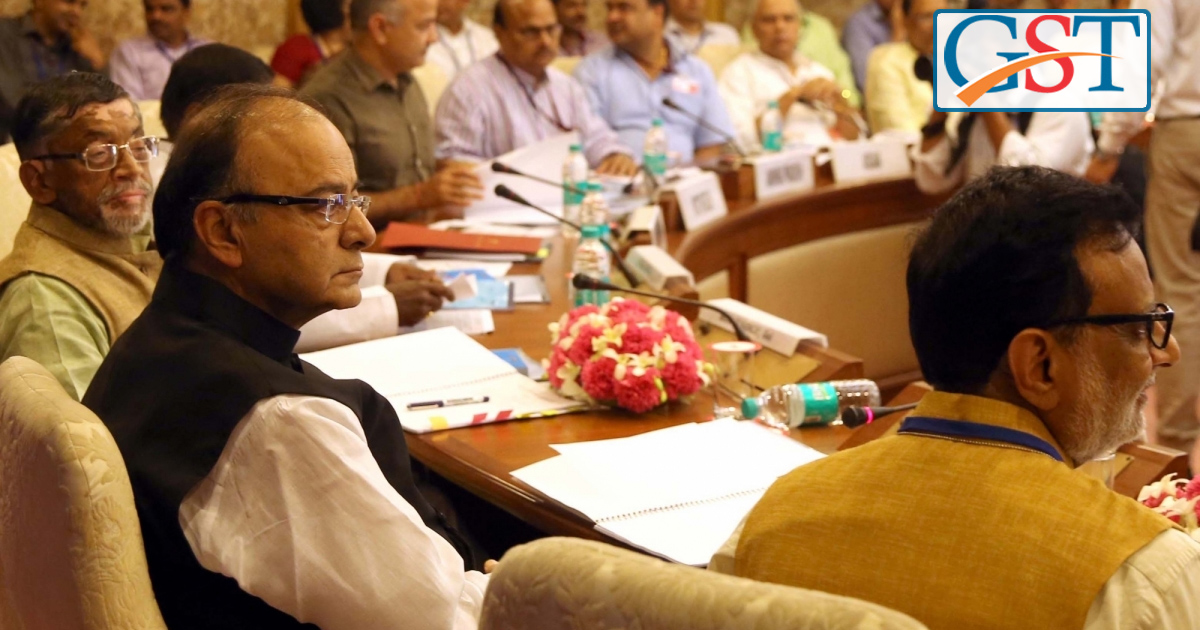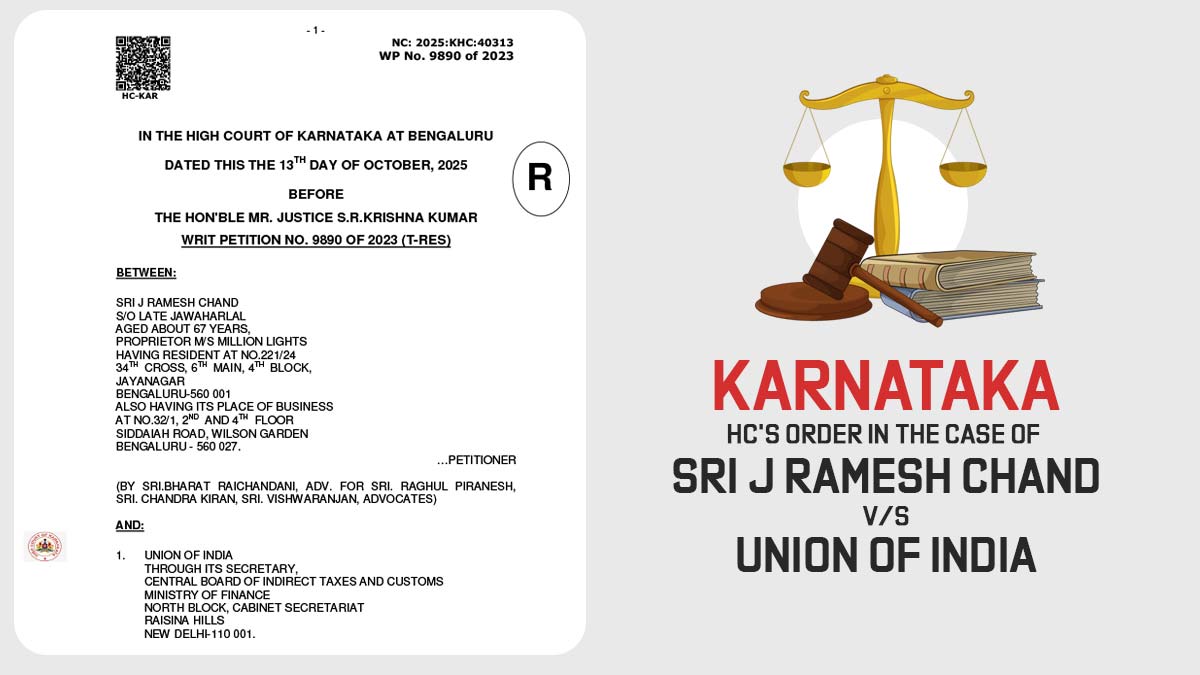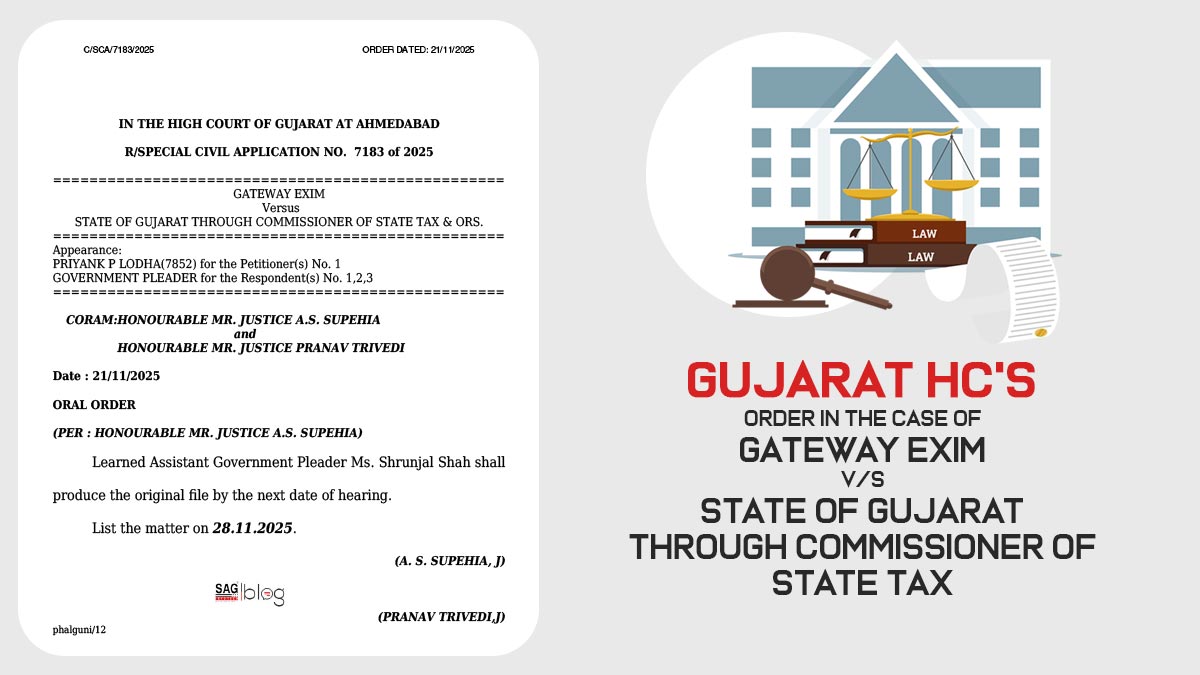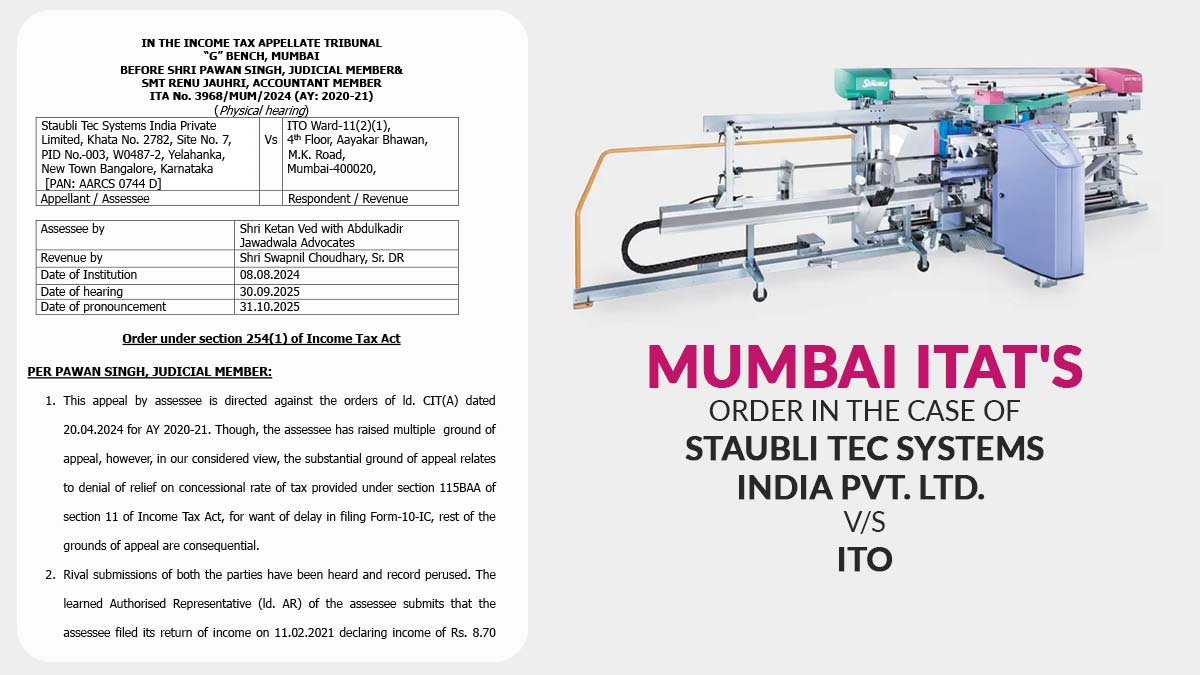The new guideline has mandated for tax base division between the centre and the states by the Goods and Services Tax (GST) Council. The move is taken to make the clear distinction between authorities and for better implementation of administration in the new Indirect tax system.
In the ‘one nation one tax’ regime, GST council is regulating the tax base and this move will ensure the taxpayer to face only one tax authority whether the centre or the state. The council is planning to put the list of taxpayers public so that the taxpayers and tax authorities could clear the doubt regarding the same.
The new rule of tax base division between the centre and the state is based on a turnover of the business. If the turnover of the assessees is less than INR 1.5 crore, then 90% of the tax balance will be under the state authority and 10% will be under the centre control. In addition, if the business has a turnover over INR 1.5 Crore, the division will be 50:50 between the centre and the state.
The status of turnover will be on the basis of the pre-GST data and for the taxpayers registered under VAT, the annual turnover data of the state will be considerable. The government is also planning to divide the responsibility between the centre and the states to raise awareness about GST to bring the bulk of small traders into the new system.
To ensure the perfect implementation of the new Rule, the division will be done by a computer using an unbiased representation of total taxpayers to ensure the system to be without sampling error or preference or exclusion for any reason. The government is going to take help from already set up state-level committees of the centre and the state to select the taxpayers for a division on the basis of geographical and type of taxpayer under the GST regime.










